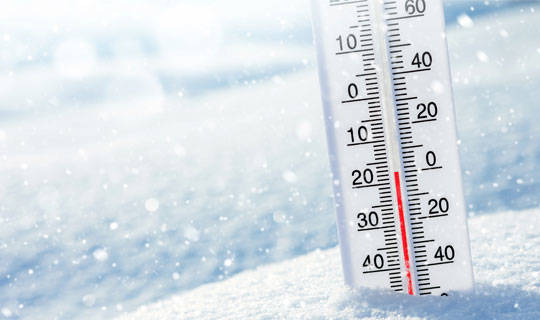Considerations for Effective Waterline Cleaning
By Jake Anderson
Water quality and water sanitation continues to be an area focus in the animal production model and how subpar water can have an impact on production.

There are a plethora of products and processes available for the improvement of water quality. One of the quickest and most effective processes (from both a cost and efficacy standpoint) is waterline cleaning. To be effective with waterline cleaning, there are a few things that need to be taken into account before performing the cleaning.
1. Timing of the waterline cleaning. The timing or when the cleaning actually takes place is important and can have an impact on the results of the cleaning. Waterline cleanings typically are performed in between flows of animals or when no animals are present due to the rate at which the chemicals are applied. Ideally, the cleaning will take place as close to placement of animals as possible. This is important because some of the products that are used for terminal waterline cleaning have very limited residual activity on the inside of the waterline. If there are days or even weeks from the time the cleaning was performed to the placement of animals, this allows a significant amount of time for biological populations to repopulate the inside of the waterlines.
2. Product selection. Selecting the right product for waterline cleaning is just as important as performing the cleaning itself. There are seemingly endless options when it comes to products available for performing line cleanings. Not all products are created equal in what they are or are not capable of doing. Generally, products can be broken down into two categories:
• Waterline cleaners – products that are designed to break down or remove solids from the inside of the waterlines
• Waterline disinfectants – products that are designed and have been proven (EPA registered products) to kill biology on the inside of the waterlines
Typically each individual product will fall into one category or the other; there are very few products that will fall into both categories. For further information on how to select the right waterline cleaner, please reference the MWI Technical Services Waterline Product Selection Chart.
3. Application rate and dwell time. Ensuring the proper application rate when performing a line cleaning is critical to seeing the desired results. The majority of products used for waterline cleaning will have an application rate of 3% (there are a few exceptions to this). The No. 1 issue or failure with line cleaning in the field is improper application rate, most often due to the use of a fixed rate medicator.
Fixed rate medicators are designed to deliver product into the water at a rate of 1:128 or 0.78%, which is significantly below the 3% these products are designed to work at. There are wide array of equipment options available that will allow for a 3% application rate, such as venturi style pumps or adjustable medicators.
Each product will have a minimum amount of time that the product should remain in the waterlines before being flushed from the system. Depending on the product, this minimum amount of time could range anywhere from 6 to 12 hours. On the other end, the maximum amount of time the product should be in the waterlines can be anywhere from 12 to 48 hours. Leaving the product in the lines for less time than the specified minimum for that product will likely produce unsatisfactory results. Leaving the product in the lines for more than the specified maximum is likely not going to yield better results. For information on how long each product needs to be left in the waterlines for optimal results, consult the product label or the manufacturer or distributer of the product directly.
4. Validation of the process. While performing the line cleaning it is important to validate that waterlines have been properly charged and the product has been distributed through the entirety of the waterlines. Validating the distribution of the chemical can be done in a variety of ways depending on the product that is used. Validation of the product in the waterline with means other than chemical validation can be difficult. All of the products designed for waterline cleaning will have a way they can be validated chemically with either a test strip or a pH meter and is the preferred method.
- Visually – Dyes, bubbles
- Chemically – Test strips, pH meter, etc.
- Distinct odors
The distribution of the product should be checked at the front, middle and the back of the waterlines. Before placing animals, the same validation process should be used to ensure that all of the chemical has been properly flushed from the inside of the waterlines.
If you have questions related to waterline cleaning, please reach out to your MWI Animal Health Territory Manager. We are here to help!




